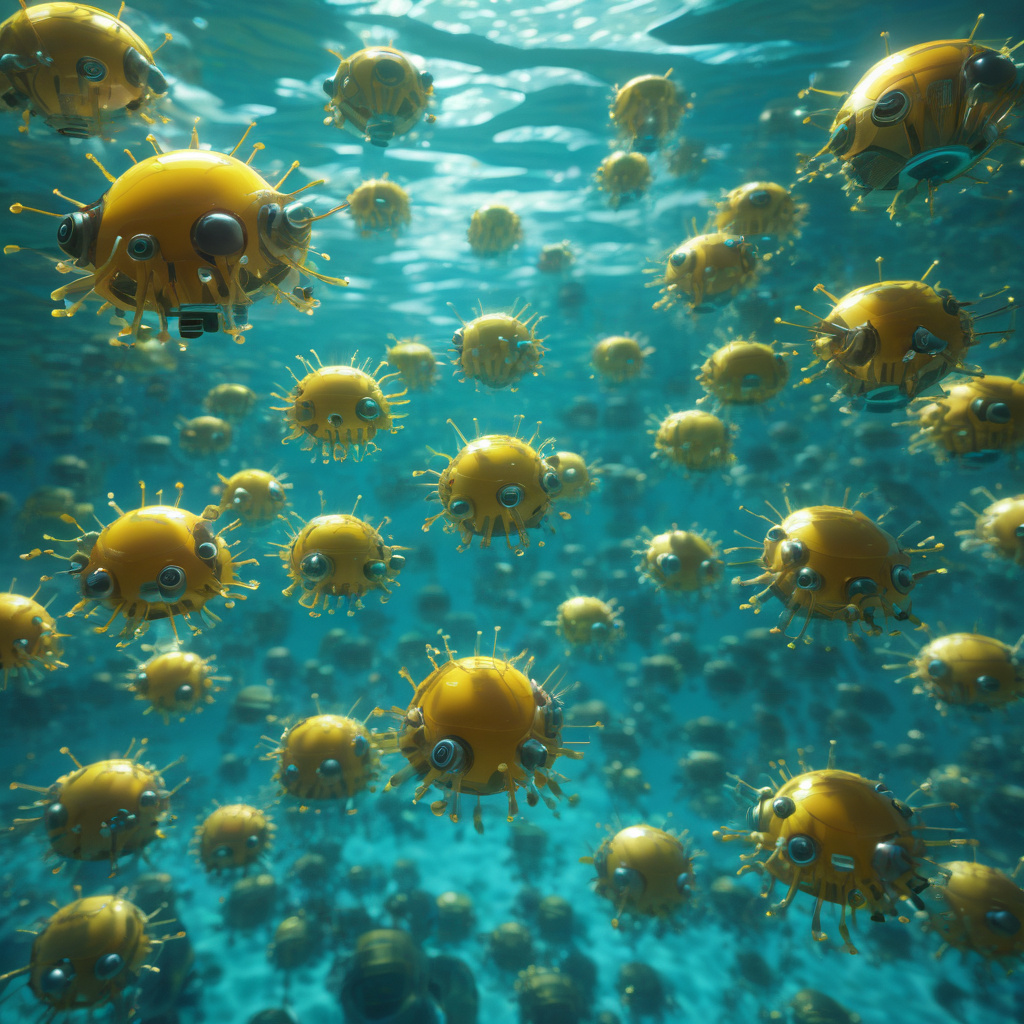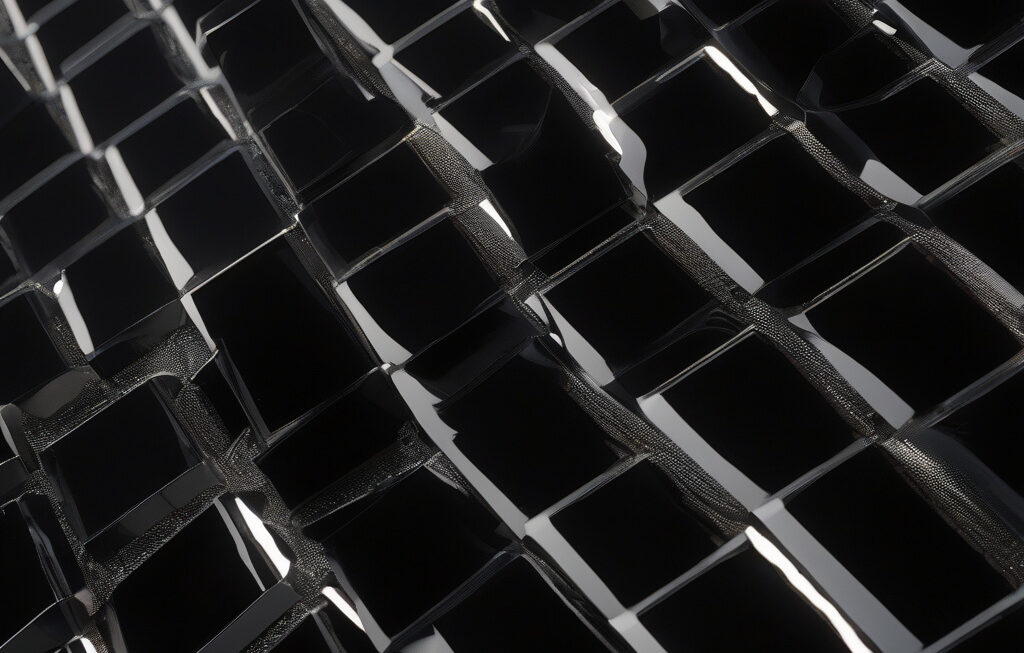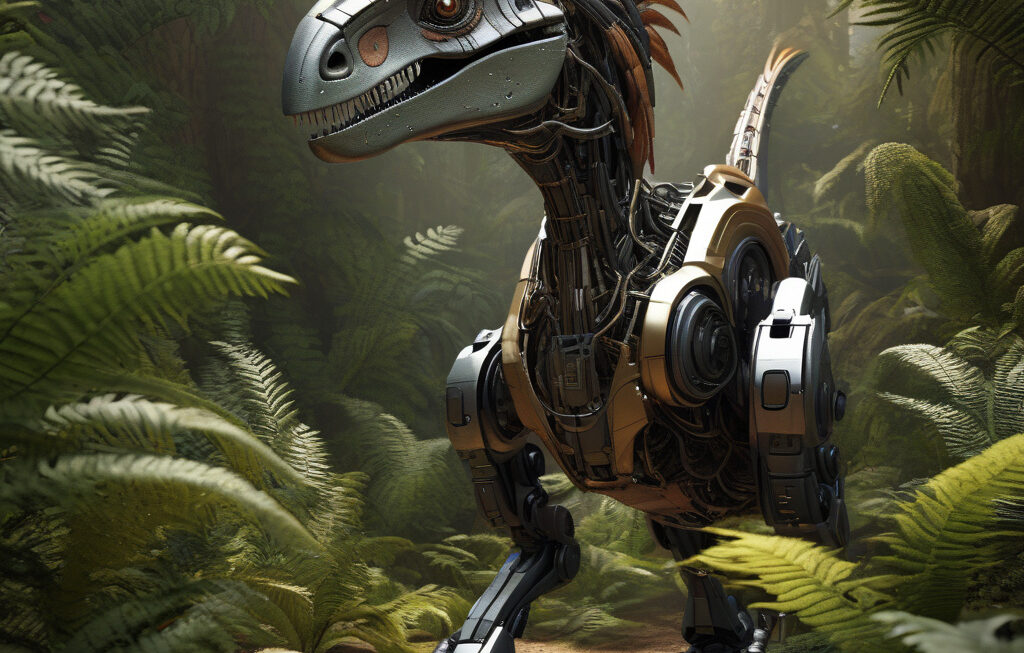Smartlet Microrobots: Pioneering Underwater Teamwork with Solar Cells and Optical Signaling
In a step toward intelligent robotic collectives, scientists at Chemnitz University of Technology have built a groundbreaking system of microrobots called Smartlets. These tiny robots, measuring just a few millimeters in size, are equipped with solar cells and optical signaling capabilities, enabling them to work together seamlessly underwater.
The integration of solar cells in the Smartlet microrobots is a game-changer in the field of robotics. By harnessing the power of the sun, these robots can operate for extended periods without the need for recharging or battery replacements. This not only increases their efficiency but also makes them more environmentally friendly, reducing the overall carbon footprint of the robotic systems.
Moreover, the use of optical signaling allows the Smartlets to communicate with each other effectively in underwater environments where traditional radio frequency communication may be challenging. This innovative approach enables the microrobots to coordinate their actions, share information, and work together towards a common goal, such as environmental monitoring or underwater exploration.
One of the key advantages of the Smartlet microrobots is their ability to adapt to changing conditions in real-time. By leveraging the power of solar cells for energy and optical signaling for communication, these robots can autonomously adjust their behavior based on environmental cues and the needs of the collective. This level of flexibility and adaptability is crucial for tasks that require swift and coordinated action, such as search and rescue missions or disaster response efforts.
The potential applications of Smartlet microrobots are vast and diverse. From monitoring marine ecosystems and detecting pollution to assisting in underwater infrastructure maintenance and exploration, these tiny yet powerful robots have the ability to revolutionize various industries and fields. Imagine a swarm of Smartlets working together to clean up oil spills or surveying underwater archaeological sites with precision and efficiency.
As we look to the future, the development of intelligent robotic collectives like the Smartlet microrobots opens up new possibilities for collaboration between humans and machines. By combining the strengths of solar-powered energy, optical communication, and autonomous decision-making, these robots have the potential to transform the way we approach complex tasks and challenges in underwater environments.
In conclusion, the Smartlet microrobots represent a significant leap forward in the field of robotics, paving the way for smarter, more efficient, and environmentally sustainable solutions for underwater applications. With their innovative use of solar cells and optical signaling, these tiny robots exemplify the power of technology to drive progress and innovation in the ever-evolving world of robotics.
#SmartletMicrorobots, #SolarCells, #OpticalSignaling, #UnderwaterTeamwork, #ChemnitzUniversityofTechnology












